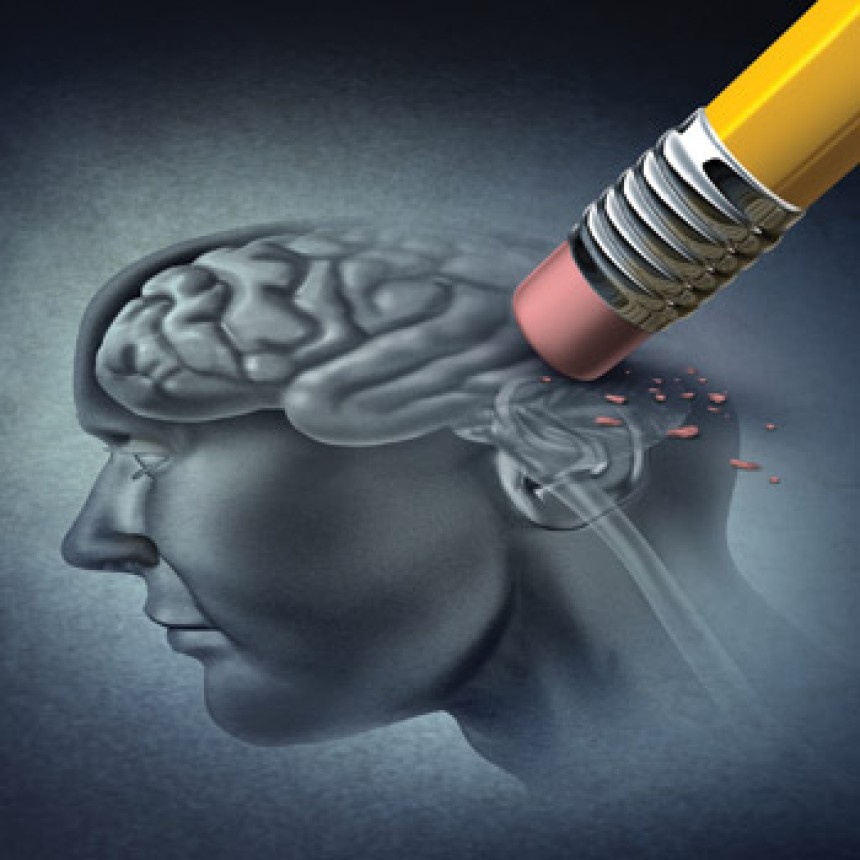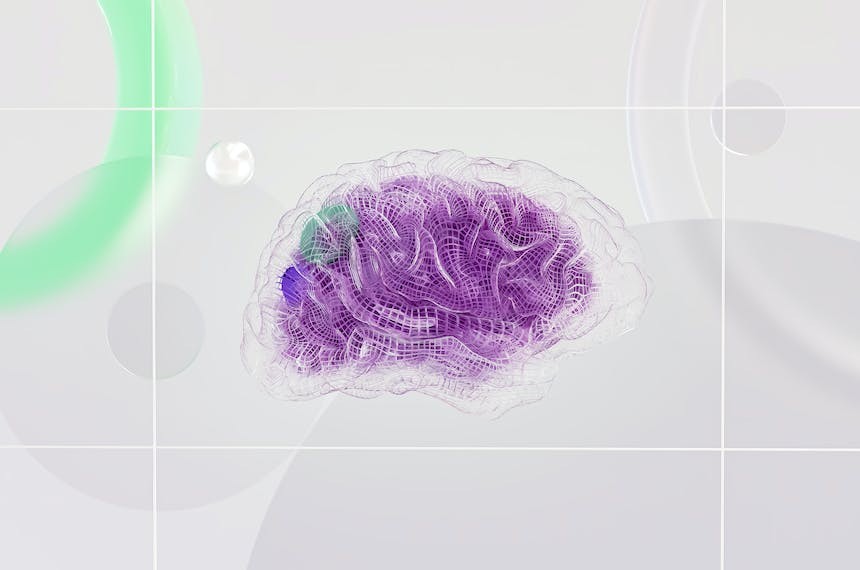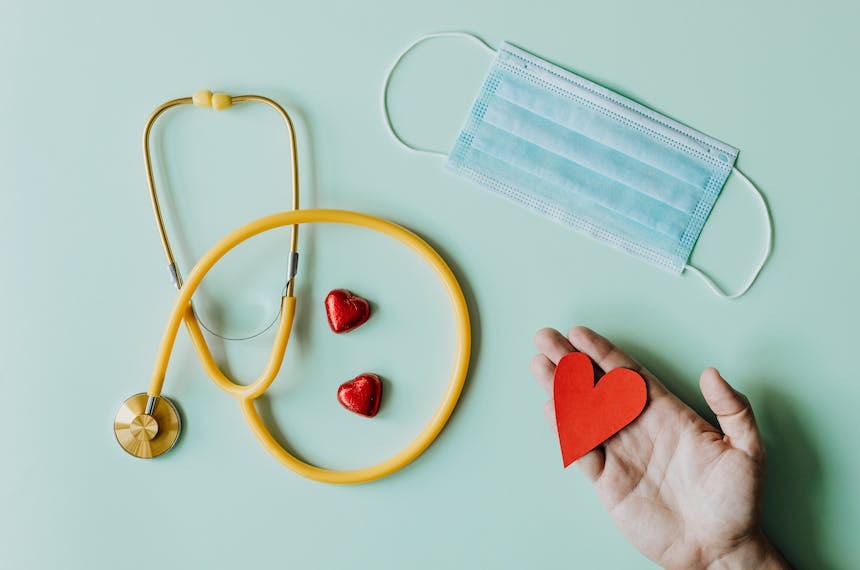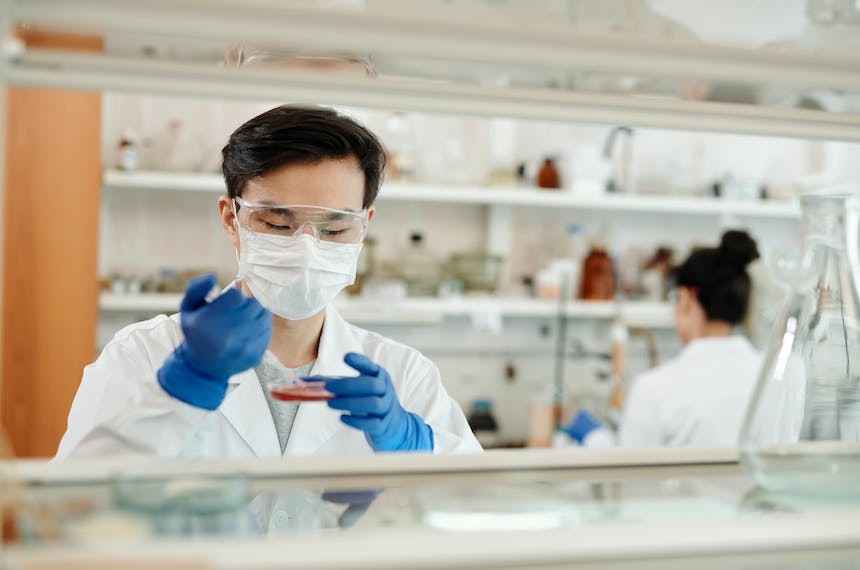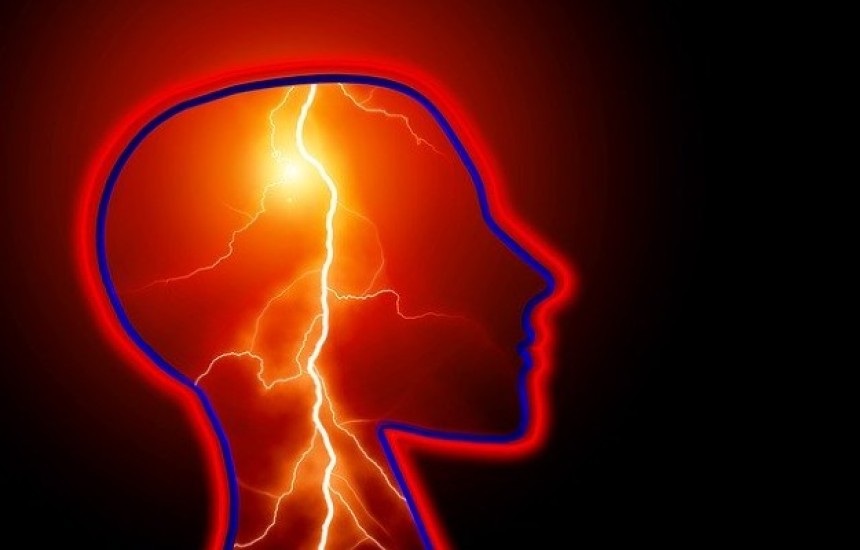
Thalamic Pain Syndrome
Thalamic Pain Syndrome, often post-stroke, manifests with delayed neuropathic pain, temperature sensitivity, and hyperalgesia. Treatment requires a multidisciplinary approach and includes medications like amitriptyline, trazodone, venlafaxine, gabapentin, or opioids. Refractory cases may need invasive interventions like deep brain stimulation.
Overview
Thalamic pain syndrome is related to previous cerebrovascular accident (CVA). The diagnosis is usually difficult and the symptom onset often delays until months or years after their stroke. Thalamic pain is often severe, neuropathic, and is associated with changes in temperature. Pain often exacerbates by touch over the contralateral hemibody, and patients typically have normal sensory examination. Patients frequently suffer from hyperalgesia and allodynia. (1, 2, 3)
Treatment Approach
For treatment of thalamic pain syndrome, a multidisciplinary approach is often required, with a neurology specialist, pain specialist, and a neurosurgeon. Physical therapy is an effective adjunct treatment. (4)
Pharmacological Treatments:
Pharmacological options include pain medications. First- line medical treatment includes amitriptyline (starting at 10 mg daily in the evening, doses can be increased with 10 mg - 25 mg every 3 – 7 days as tolerated), trazodone (50- 100 mg daily) or venlafaxine (37.5- 75mg daily). (5) Second- line treatment includes gabapentin (300mg once daily), pregabalin (50-75 mg daily), carbamazepine (starting at 200mg daily), and opioid analgesics, such as, oxynorm (5mg three times daily as needed). (6)
Invasive Therapies:
Invasive treatment options are for refractory cases and include deep brain stimulation (DBS), radiotherapy, and neuromodulation. (7)
References
1-Kim JS. Pure sensory stroke. Clinical-radiological correlates of 21 cases. Stroke. 1992 Jul;23(7):983-7.
2- Quiton RL, Masri R, Thompson SM, Keller A. Abnormal activity of primary somatosensory cortex in central pain syndrome. J Neurophysiol. 2010 Sep;104(3):1717-25.
3-Klit H, Finnerup NB, Jensen TS. Central post-stroke pain: clinical characteristics, pathophysiology, and management. Lancet Neurol. 2009 Sep;8(9):857-68.
4- Flaster M, Meresh E, Rao M, Biller J. Central poststroke pain: current diagnosis and treatment. Top Stroke Rehabil. 2013 Mar-Apr;20(2):116-23. 5-Hansson P. Post-stroke pain case study: clinical characteristics, therapeutic options and long-term follow-up. Eur J Neurol. 2004 Apr;11 Suppl 1:22-30.
6-Nicholson BD. Evaluation and treatment of central pain syndromes. Neurology. 2004 Mar 09;62(5 Suppl 2):S30-6. 7-Hayashi M, Chernov MF, Taira T, Ochiai T, Nakaya K, Tamura N, Goto S, Yomo S, Kouyama N, Katayama Y, Kawakami Y, Izawa M, Muragaki Y, Nakamura R, Iseki H, Hori T, Takakura K. Outcome after pituitary radiosurgery for thalamic pain syndrome. Int J Radiat Oncol Biol Phys. 2007 Nov 01;69(3):852-7.

